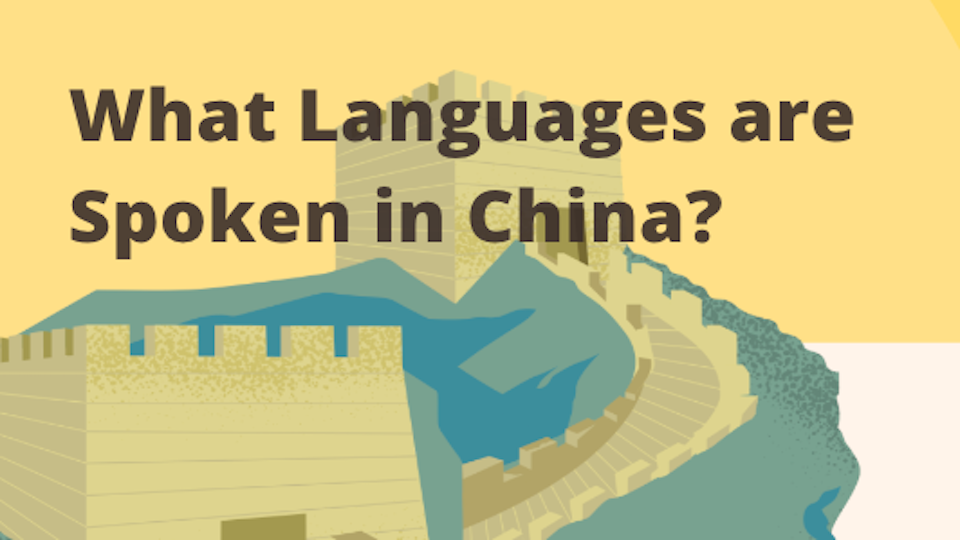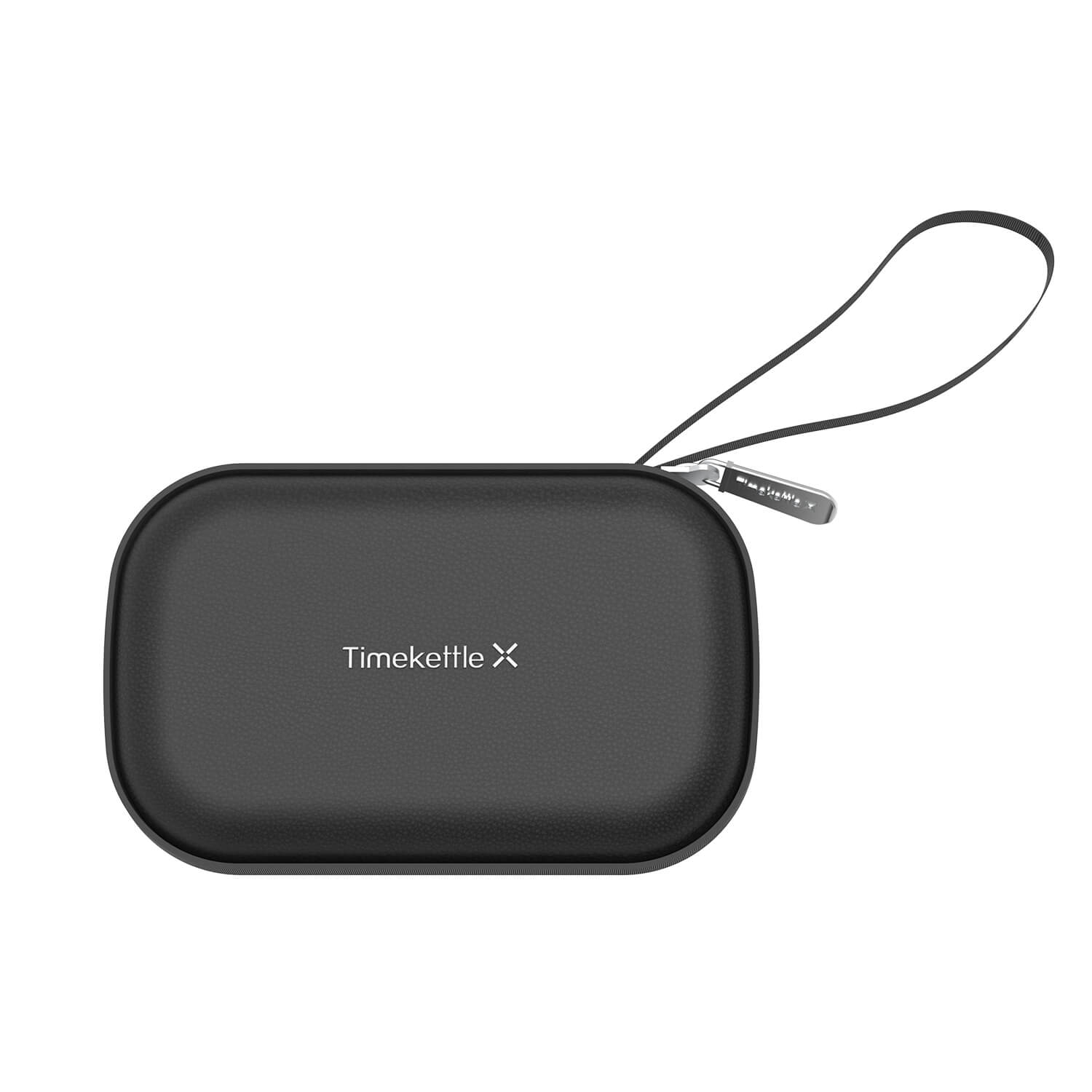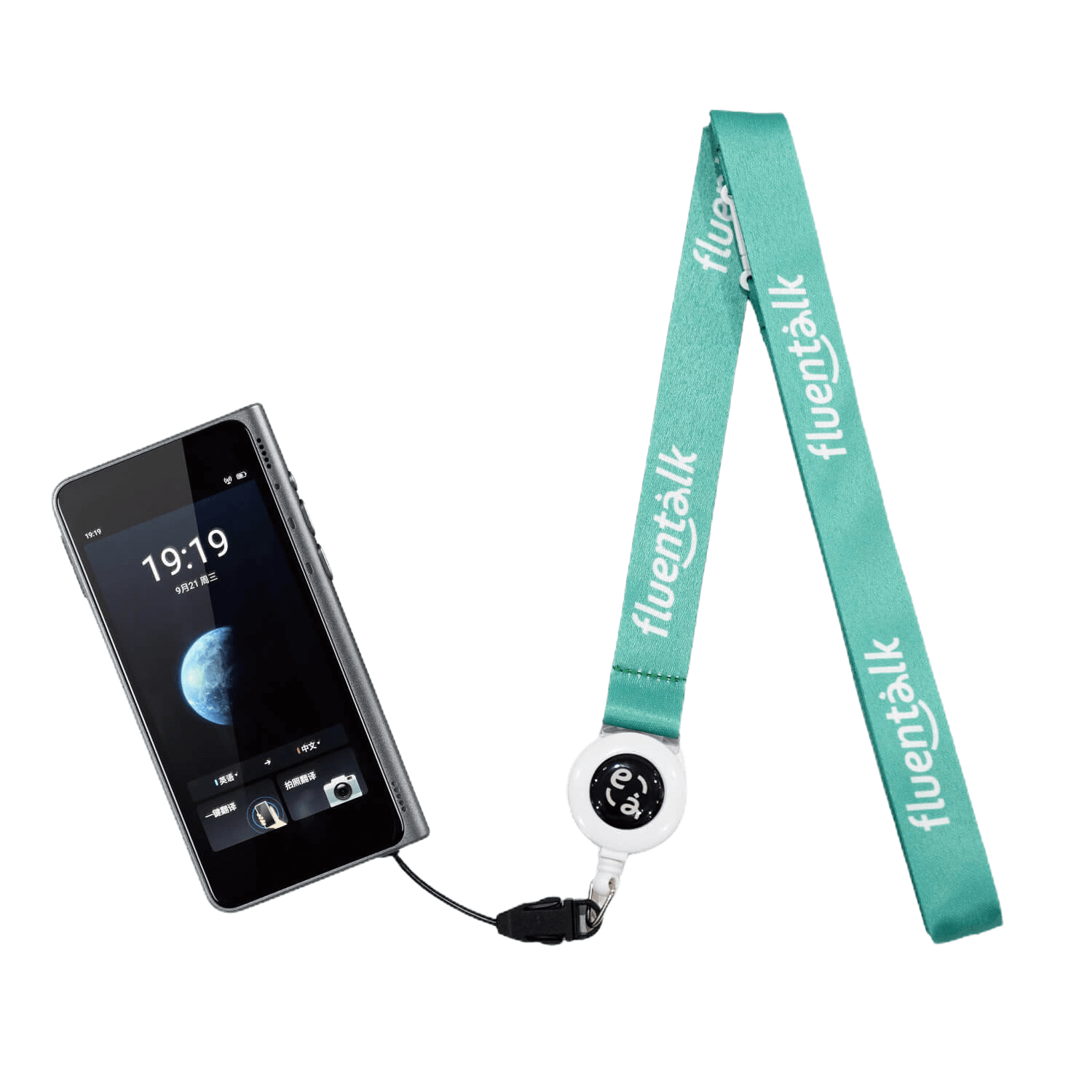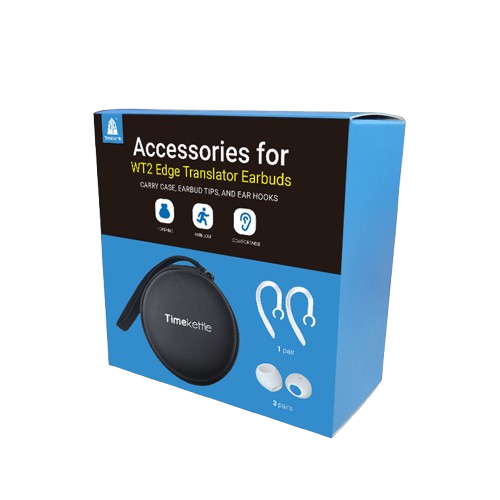
What Languages are Spoken in China? A Complete Guide to Mandarin, Cantonese, and Other Chinese Languages
When you ask, "what language is spoken in China?," you might expect a simple, one-word answer. However, the reality is far more fascinating. It's a common misconception that "Chinese" is a single language. In truth, China is a land of immense linguistic diversity. While it does have one official national language that connects its 1.4 billion people, hundreds of other languages and dialects are spoken across its vast territory. This guide is designed to clear up the confusion. We will explore Standard Mandarin, the official language spoken in China, dive into the famous Mandarin vs. Cantonese comparison, and give you a clear map of the rich and complex linguistic landscape of this ancient nation. Understanding this diversity is key to appreciating the true cultural fabric of China.
How Many Languages Are Spoken in China?
The sheer number of languages spoken across China is a powerful testament to its incredible size and history. While the term "Chinese" often suggests a single tongue, the reality is far more complex. Most linguistic experts agree that China is home to more than 300 distinct languages.
This vast number includes:
-
Sinitic Languages (汉藏语系-汉语族): These are the languages and dialects derived from the common ancestor of Chinese, conventionally grouped into 7 to 13 major branches (including Mandarin, Cantonese/Yue, Wu, Min, etc.). From a linguistic perspective, many of the so-called "dialects" within these groups are considered separate languages because they are not mutually intelligible.
-
Non-Sinitic Languages: China officially recognizes 55 ethnic minority groups, and the majority of them speak languages that belong to entirely different language families, such as Sino-Tibetan (non-Sinitic branches), Tai-Kadai, Hmong-Mien, Austroasiatic, Turkic, Mongolian, and Tungusic. For example, Tibetan and Uyghur belong to the Sino-Tibetan and Turkic families, respectively, and are as different from Mandarin as English is.
This density of languages—over 300—places China among the most linguistically diverse nations in the world, though its language policy, which promotes Standard Mandarin (Putonghua) as the national lingua franca, is actively working to ensure universal communication across this immense linguistic landscape.
Understanding Putonghua - The Lingua Franca

The single, official language spoken in China is Standard Mandarin. In mainland China, this language is known as Putonghua (普通话), which literally translates to "common tongue." It serves as the nation's lingua franca, the designated language for government, the national media, and the entire education system. The goal of Putonghua is to act as a unifying bridge, allowing someone from the snowy north of Harbin to communicate seamlessly with a person from the tropical south of Hainan.
While Putonghua is often associated with the Beijing dialect, it is actually a standardized form derived from several northern Mandarin dialects. Its pronunciation is based on the speech of Beijing, but its vocabulary and grammar are drawn from a broader base to make it more universally accessible. Today, this standardization has been incredibly successful. According to China's Ministry of Education, it will be 85% of the population can now speak Mandarin in 2025, a testament to its role in connecting a sprawling and diverse country. For anyone looking to engage with China on a national level, learning Mandarin is the undeniable key.
What languages are spoken in China?
Exploring the 7 Major Dialect Groups in China

Beyond the official language, the question of "what language is spoken in China?" opens up a world of regional diversity. What are commonly referred to as "dialects" are often, from a linguistic standpoint, distinct languages because they are not mutually intelligible. A Mandarin speaker cannot understand a Cantonese speaker, for example. These are categorized into seven major groups of Sinitic (Chinese) languages:
- Yue (粤语), including Cantonese: Spoken by approximately 85 million people, primarily in Guangdong and Guangxi provinces, as well as Hong Kong and Macau. It is a vibrant language with a global presence due to diaspora communities.
- Wu (吴语): Spoken by around 82 million people in the area around Shanghai, Zhejiang province, and southern Jiangsu. The most well-known form of Wu is Shanghainese.
- Min (闽语): A highly diverse group spoken by over 75 million people. It originates from Fujian province and includes varieties like Hokkien (spoken in Taiwan and Southeast Asia), Teochew, and Fuzhounese. These variations are often not intelligible with each other.
- Gan (赣语): Centered in Jiangxi province, this group has about 48 million speakers.
- Hakka (客家话): Spoken by the Hakka people, who are spread across southern China and beyond. It has an estimated 48 million speakers and is known for preserving many ancient features.
- Xiang (湘语): The language of Hunan province, spoken by roughly 38 million people.
Each of these groups contains dozens of its own sub-dialects, creating a truly complex and rich linguistic tapestry.
Understanding the Divide Between China's Two Most Well-Known Languages
The Mandarin vs. Cantonese debate is one of the most common topics when discussing the languages of China. While both are considered "Chinese," they are fundamentally different in speech. Here’s a deep dive into the key distinctions:
Spoken Intelligibility: This is the most crucial difference. Mandarin and Cantonese are not mutually intelligible. The pronunciation, vocabulary, and even some grammar are so distinct that a native speaker of one cannot understand the other without learning it as a separate language. The difference is often compared to that between Spanish and Portuguese, or even Spanish and Italian.
Tonal System: Chinese languages are tonal, meaning the pitch of a syllable changes its meaning. This is a core part of the Mandarin vs. Cantonese distinction. Standard Mandarin has four main tones plus a neutral tone. Cantonese is more complex, featuring a system of six to nine tones, giving it a more musical or choppy sound to the untrained ear.
Written System: Here, there is more overlap. Both languages use Chinese characters. However, in mainland China, Mandarin is written using Simplified characters, which were introduced in the 1950s to increase literacy. In Hong Kong and Macau, Cantonese is typically written using Traditional characters, which are more complex and have a longer history. While the scripts are different, a person familiar with one can often guess the meaning of the other.
Usage & Prestige: The Mandarin vs. Cantonese divide also extends to their roles. Mandarin is the official national language, essential for business and travel across China. Cantonese holds immense cultural prestige in Southern China, Hong Kong, and in many overseas Chinese communities, where it is a proud marker of cultural identity.
Recognizing the Rich Linguistic Diversity of China
A complete answer to "what language is spoken in China?" must go beyond the Han Chinese languages. China officially recognizes 55 ethnic minority groups, many of whom have their own unique languages that belong to entirely different language families. This non-Sinitic linguistic diversity is a vital part of the country's heritage.
In vast regions like Inner Mongolia, Tibet, and Xinjiang, you will hear languages like Mongolian, Tibetan, and Uyghur spoken daily. These languages have their own unique scripts and grammar systems completely unrelated to Chinese. Other significant minority languages include Zhuang (from the Tai-Kadai family, spoken in Guangxi), Korean (in the northeast near the Korean border), and dozens of others. China's language policy in these autonomous regions often supports bilingual education, where students learn both Standard Mandarin and their local ethnic language. This policy aims to preserve cultural identity while ensuring everyone can participate in national life, further complicating the simple question of what language is spoken in China.
A Tapestry of Languages
In conclusion, the answer to "what language is spoken in China?" is both simple and complex. The official language, spoken and understood by the vast majority, is Standard Mandarin (Putonghua). If you're planning a short trip, you can use a translator to help you complete your journey. If you're planning a long-term study abroad experience, you can first learn Mandarin and then gradually understand Chinese culture. You can even use a Timekettle translators to assist in your language learning process.
However, beneath this official umbrella lies a vibrant tapestry woven from hundreds of distinct Sinitic languages like Cantonese, Shanghainese, and Hokkien, as well as dozens of minority languages like Tibetan and Mongolian. This rich diversity is a cornerstone of China's cultural heritage. For anyone interested in learning Chinese, understanding this landscape is crucial. Your goals will determine your path: choose Mandarin for broad communication across China, or a regional language like Cantonese to connect with a specific culture and community.
Frequently Asked Questions (FAQ)
What is the most spoken language in China?
Mandarin Chinese (Putonghua) is the most spoken language in China. It is the official national language, and recent statistics show that over 80% of the population, or more than 1.1 billion people, can speak it.
If I want to do business in China, should I learn Mandarin or Cantonese?
For business conducted across mainland China, learning Mandarin is essential. It is the official language of commerce, government, and daily communication nationwide. The Mandarin vs. Cantonese question is only relevant if your business is focused specifically on the Guangdong province, Hong Kong, or Macau, where Cantonese is the dominant language of local business and culture.





























